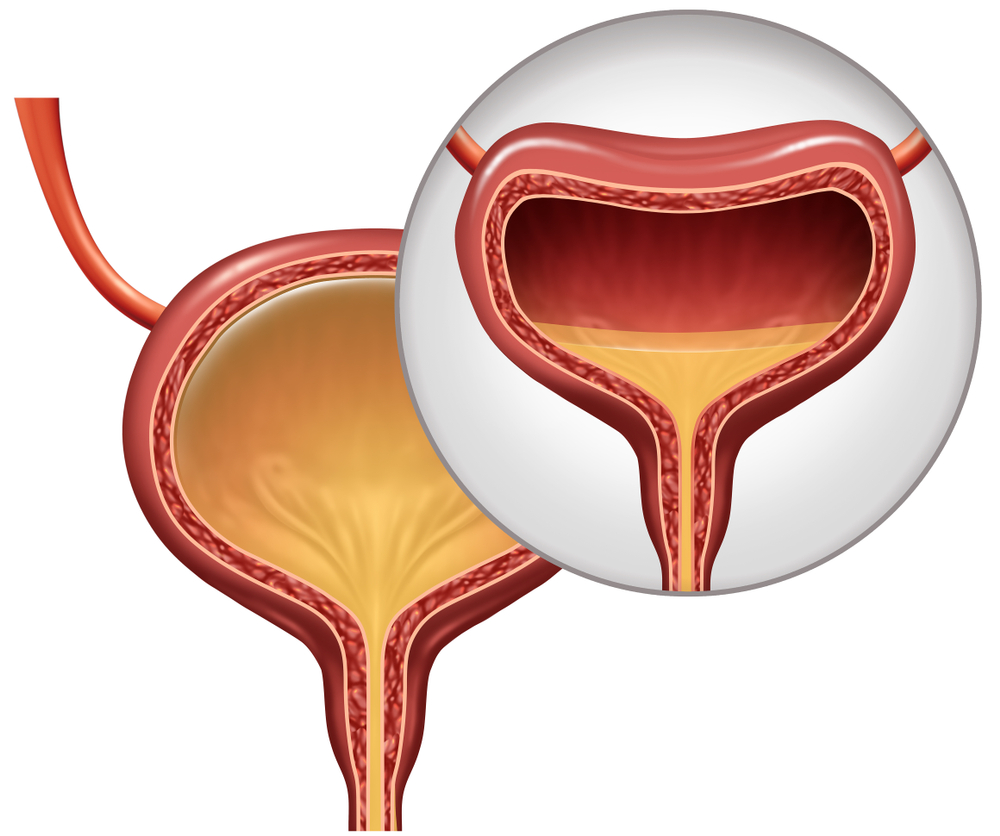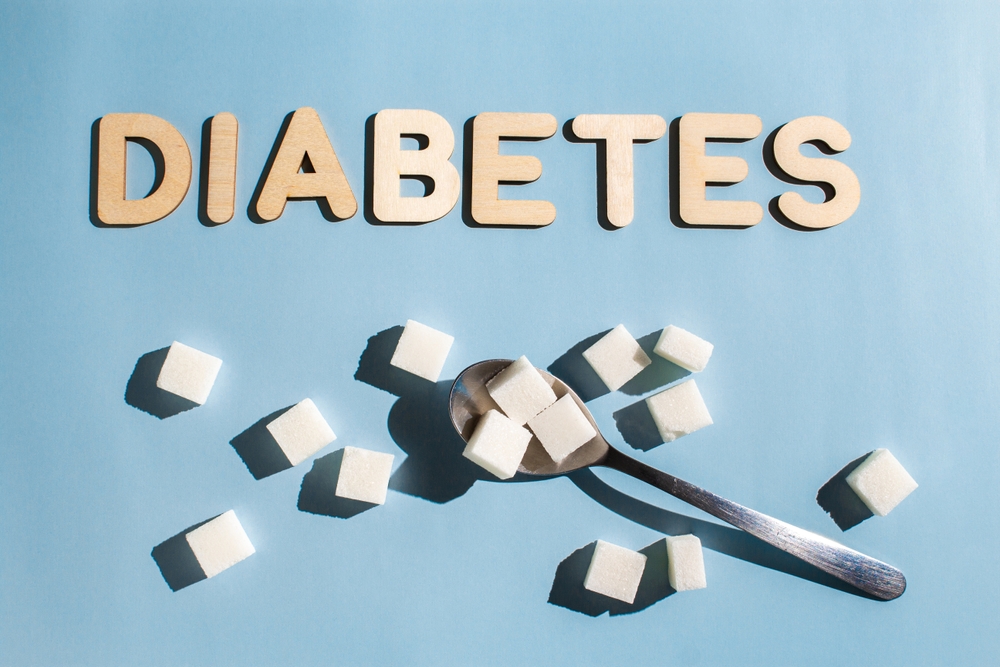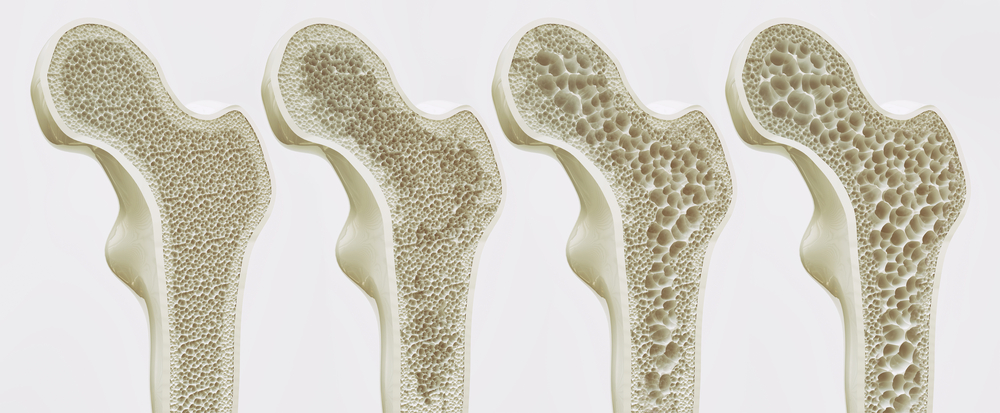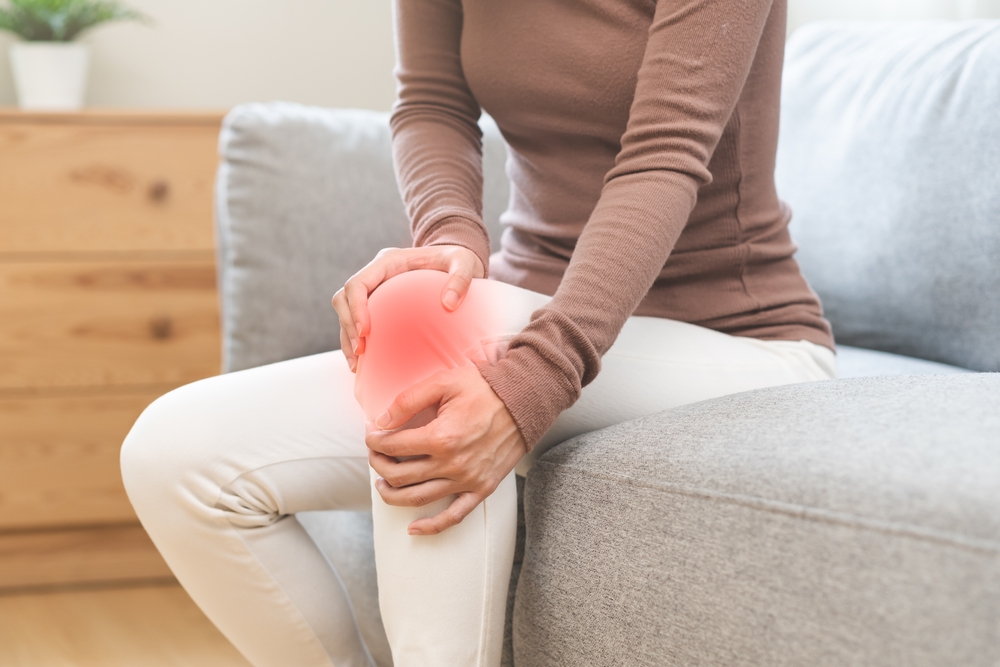This blog is the ninth part of a new series that builds upon a previous blog that discussed common chronic diseases for seniors. The ninth blog will focus on urinary incontinence.
Urinary incontinence is a common condition that causes people the unintentionally pass urine. It is also known as the loss of bladder control. There are 4 types: urge incontinence, overflow incontinence, stress incontinence, and total incontinence.
Risk factors for urinary incontinence include age, smoking, a family history of the condition, and being overweight. Stress incontinence is more commonly found in women while men are more likely to have urge incontinence and overflow incontinence.
The main symptom of urinary incontinence is urine leaks, which can range in frequency from occasional to constant. It is diagnosed using a combination of urinalysis, a bladder diary, and residual measurements after urinating.
You can reduce your risk of developing urinary incontinence by maintaining a healthy weight and doing pelvic floor muscle exercises. Avoiding bladder irritants such as caffeine and eating fiber to prevent constipation can also help.
Treatment can involve one or many of the following: behavioural techniques such as bladder training and scheduled toilet trips, electrical stimulation, medication, surgery, absorbent pads and catheters, and interventional therapies.
The Boom Health app allows users to book registered nurses, personal support workers, and personal care services, schedule transportation, order prepared meals, rent or purchase medical equipment, and get emergency assistance. Download the app from the App Store or Google Play Store.
This article is not intended to be a substitute for professional medical advice or diagnosis. Always seek the advice of your physician or another qualified health provider with any questions you may have regarding a medical condition.





